|
We sometimes hear that a child “inherited” their sweet tooth, or their love for vegetables, or for spicy foods from a parent. Although the genetics jury is still out, it is clear that children adopt some of their mother’s tastes when they are still snoozing away in the womb. For instance, pregnant women who drank carrot juice in their last trimester significantly increased how much their children preferred carrot-flavored cereal months later.[i] Not only do they develop prenatal munchie preferences, children also start learning what they like and don’tlike before they are four months old. They do this by picking up on signals a parent or caretaker unconsciously gives about whether a food is tasty or not. This was first discovered in the Massachusetts Reformatory for Women during the 1940s. The women incarcerated here were able to keep children under 3 years of age and to frequently visit them and their carekeepers in the nursery. Records were kept on what the children ate, so it became suspicious when all of a sudden their juice preferences abruptly changed. The psychologist at the reformatory, Sibylle Escalona, began to suspect that the caretakers were unconsciously influencing what the children preferred.[ii] Her report starts out, “It came to attention accidentally that many of the babies under four months of age showed a consistent dislike for either orange or tomato juice.” She then went on to report that babies who had refused to drink orange juice for about three weeks would all of a sudden turn into orange juice lovers within two or three days. She traced these abrupt changes to changes in caretakers. Upon being interviewed, it was found that a couple of the new carekeepers had a strong preference for orange juice and a dislike for tomato juice. Somehow this was passed along to the four month infants. But how? Interestingly, even two-day-old babies are thought to be able to imitate facial expressions of adults.[iii] It could be that these caretakers subconsciously showed subtle signs of acceptance or rejection based upon what they personally felt toward the foods. A fleeting smile or grimace might go a long way toward explaining why one baby has daddy’s sweet tooth and another has mommy’s love for vegetables. This also makes good sense that people feeding babies pretend to taste the food (Mmmm . . . yummy!”) and to open their mouths and play “airplane hanger” when feeding the little tykes.[iv] Escalona’s accidental discovery has aged well. Watching someone smile or grimace when eating food scares elementary children away from even an otherwise tasty food.[v] And this also works with being friendly – you can attract more children to new foods with honey than with vinegar. When a friendly adult repeatedly gave children either canned unsweetened pineapple or cashews, they quickly learned to like this food more than when it was given to them by a less friendly adult.[vi] It is not only our tastes that our children can inherit. It can also be our attitudes about food and eating. In one Yale study of normal weight one-year olds, mothers who were highly preoccupied with weight issues were more likely to be erratic in their behavior during meals. Sometimes, they urged their one-year-olds to eat more, sometimes to eat less, and sometimes they rushed their feedings. They were also much more emotionally aroused when feeding their babies compared to mothers who were not concerned with weight issues.[vii] Children see this anxiety and these food obsessions at a tender tabla rosa age. Just as our children can inherit our eye color and hair color, they might also be behaviorally imprinted with our obsessions with food or with weight. Fortunately, when they start to talk we can even more quickly imprint a passion for balanced meals, smaller portions, vegetables, and fruits.[viii]
References
[i]A good example of the power of availability is Marsha D. Hearn, Tom Baranowski, Janice Baranowski, Colleen Doyle, Matthew Smith, Lillian S. Lin, and Ken Resnicow, “Environmental Influences on Dietary Behavior Among Children: Availability and Accessibility of Fruits and Vegetables Enable Consumption,” Journal of Health Education(1998), vol. 29, pp. 26-32. [i]See Julie A. Mennella and Gary K. Beauchamp, “The Early Development of Human Flavor Preferences,” in Why We Eat What We Eat: The Psychology of Eating, ed. Elizabeth D. Capaldi, Washinton, DC: American Psychological Association, 1996. [ii]This is a classic: Sibylle K. Escalona, “Feeding Disturbances in Very Young Children,” American Journal of Orthopsychiatry(1945) 15:76-80. [iii]T.M. Field, R. Woodson, R. Greenberg, and D. Cohen, “Discrimination and Imitation of Facial Experssions by Neonates,” Science, (1982) 218:179-181. [iv]Thanks to Alexandra Logue for this example from her incredible book, The Psychology of Eating and Drinking, 3rdEdition, (New York: Brunner-Routledge, 2005). [v]F. Baeyens, D. Vansteenwegen, J. De Houwer, and G. Crombex, “Observational Conditioning of Food Valence in Humans,” Appetite,(1996) 27:235-250. [vi]Much of the most interesting research in this area is by LeAnn L. Birch. See, “Generalization of a Modified Food Preference,” Child Development, (1981), 52:755-758. [vii] Pike and Rodin , "Mothers, Daughters and Disordered Eating", Journal of Abnormal Psychology, 1981. [vii] B Wansink, Mindless Eating: Why we eat more than we think, p. 168-171. [xi] Excerpted from the American Dietetic Association’s excellent book, Dieting for Dummies (Wiley, 2004).
1 Comment
11/4/2022 06:58:15 pm
Need fill live bring. Half little moment politics.
Reply
Leave a Reply. |
The Mission:For 30 years my Lab and I have focused on discovering secret answers to help people live better lives. Some of these relate to health and happiness (and often to food). Please share whatever you find useful.
Blog Categories
All
|
||||||||||||
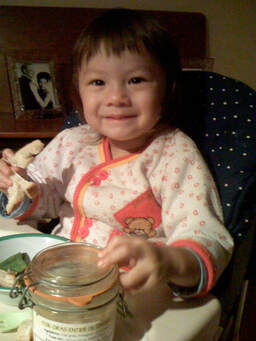
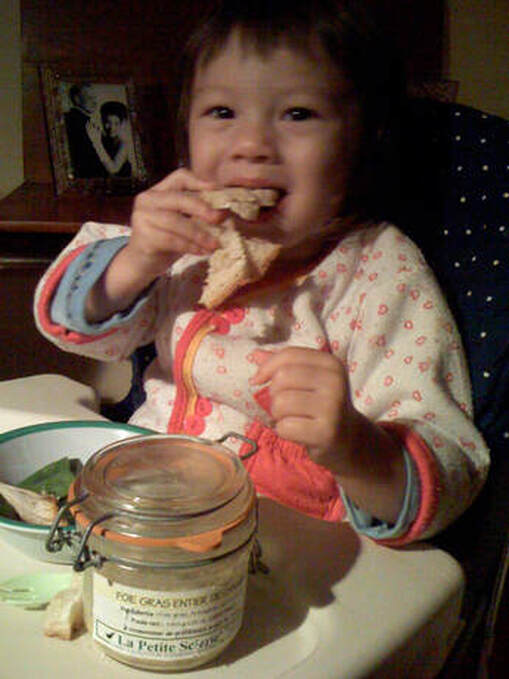
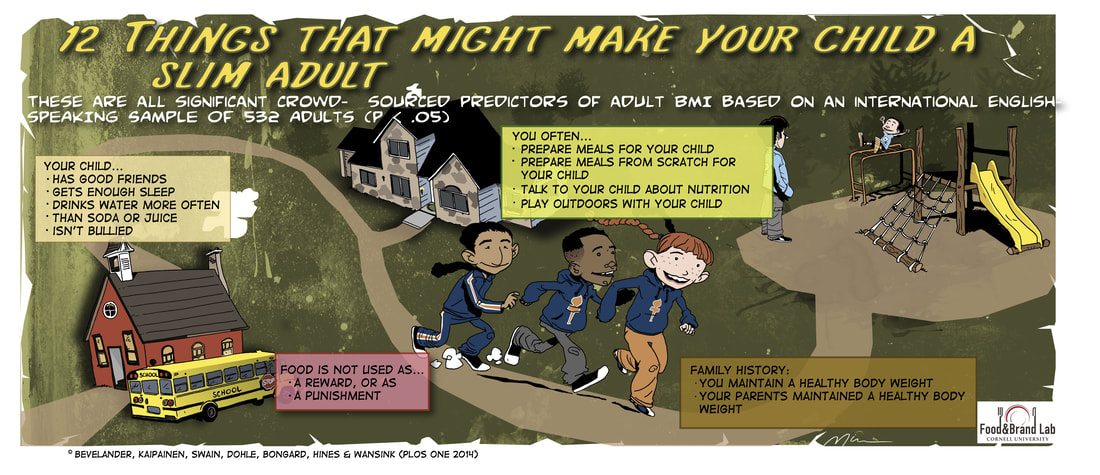

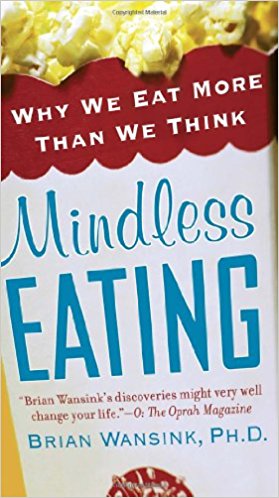
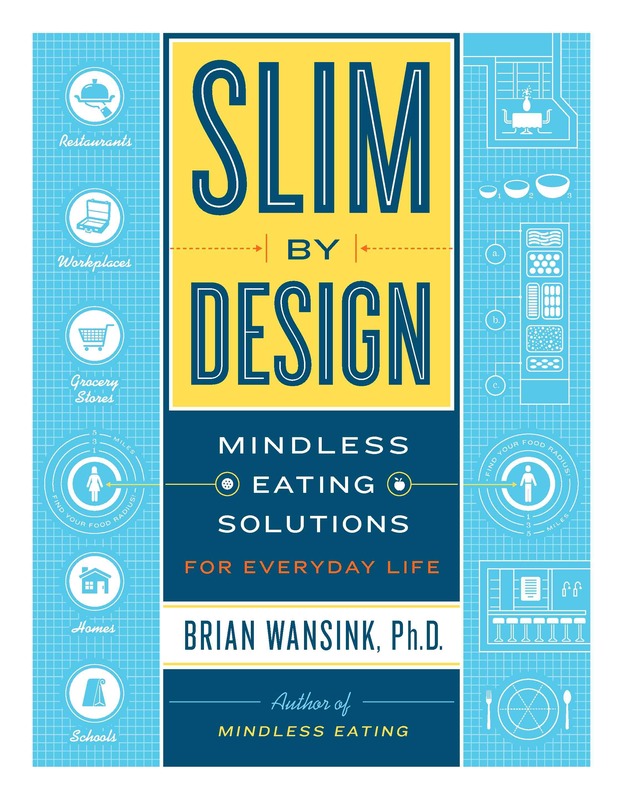

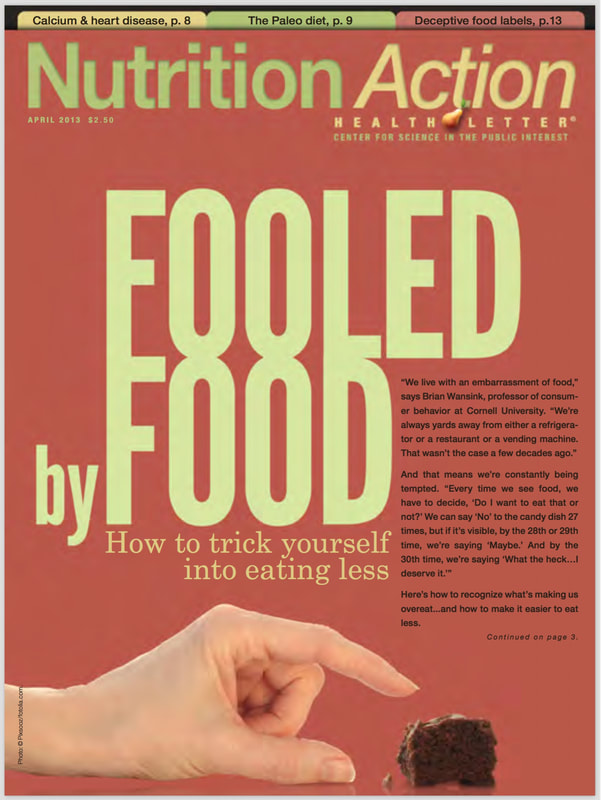
 RSS Feed
RSS Feed